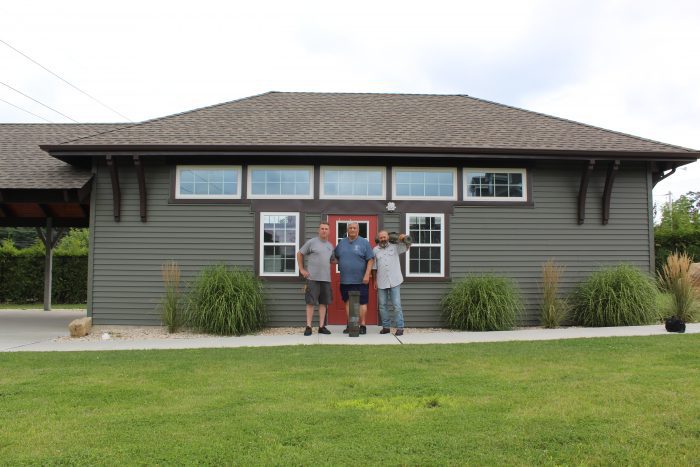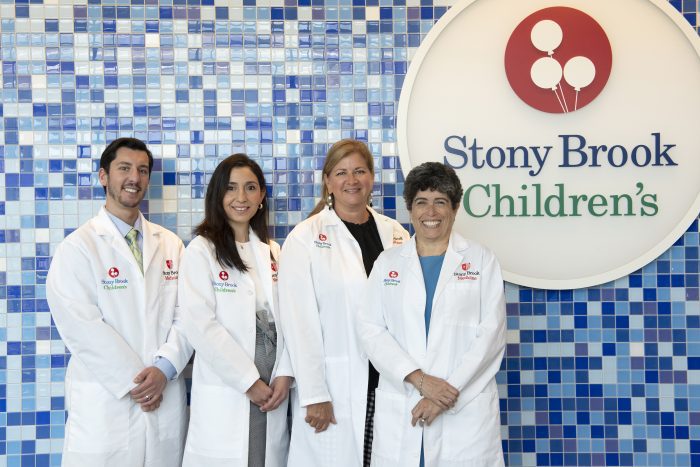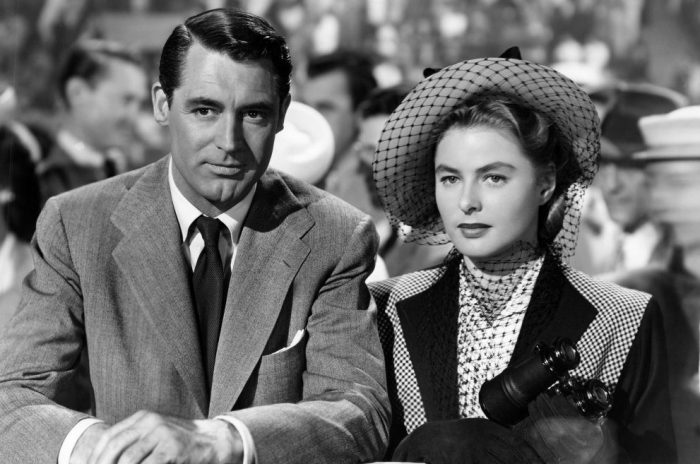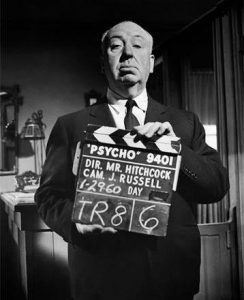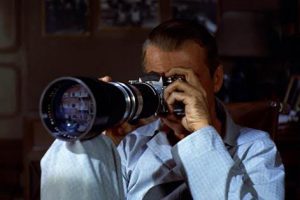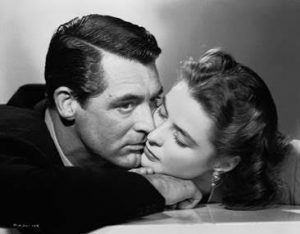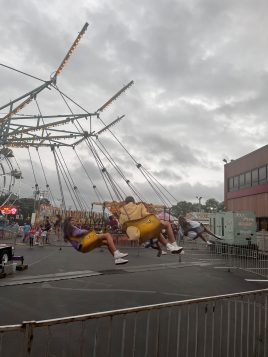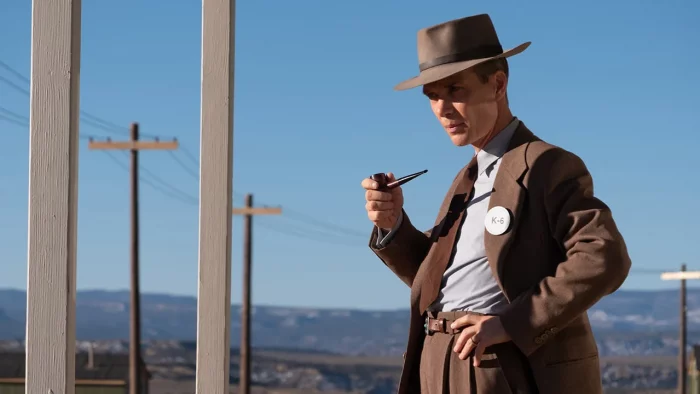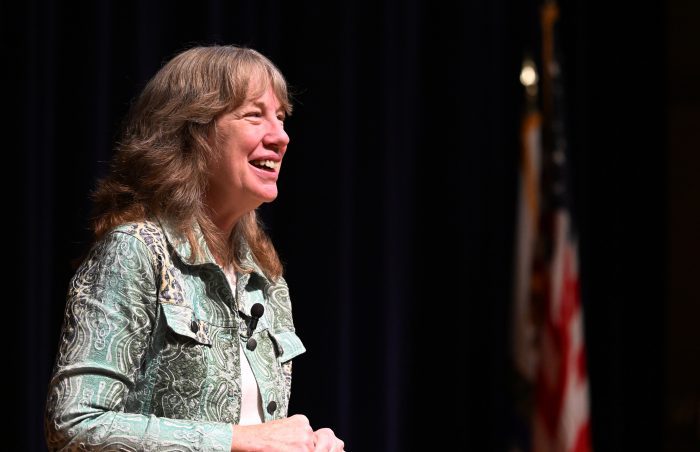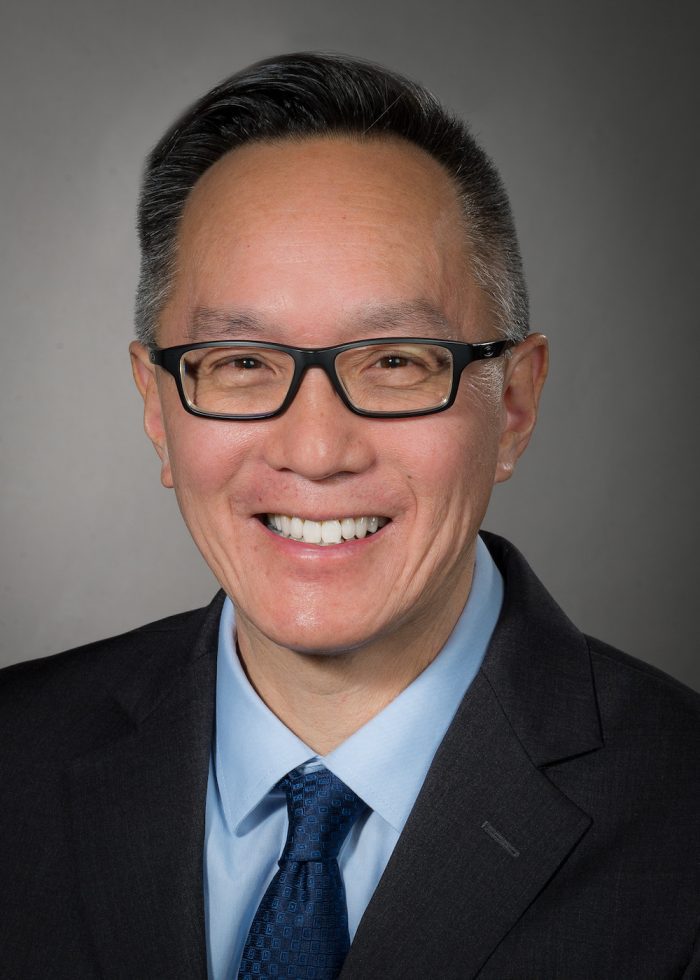The Rocky Point Veterans of Foreign Wars Post 6249 is embarking on an ambitious quest to showcase the stories of Long Island’s veterans.
Organizers will launch a veterans museum on Dec. 7 at the site of the former Rocky Point train station, situated just across the street from the post’s headquarters at the intersection of Broadway and King Road.
Joe Cognitore, commander of Post 6249, said the planned museum represents an extension of the VFW’s programs and outreach initiatives.‘It’s about giving back to the community and making positive impacts within the community.’
— Frank Lombardi
The idea of erecting a veterans museum in Rocky Point has been decades in the making. Cognitore said the post unsuccessfully attempted to purchase a nearby drugstore before acquiring the former train station property through a community giveback from a neighboring developer.
The museum will serve to “educate the community, with an emphasis on young adults,” Cognitore said.
Rich Acritelli, a social studies teacher at Rocky Point High School and an adjunct professor of American history at Suffolk County Community College, has been performing the historical research and archival work for this project and will serve as museum curator upon its opening.
The post seeks to cast a wide net, Acritelli said, featuring the stories of veterans throughout the Island rather than narrowly tailoring the exhibits to the immediate locale.
“This is more of a broader” undertaking, he said. “It’s not just Rocky Point or Sound Beach. It can be East Hampton, Huntington, Wyandanch,” adding, “There aren’t too many places like this [museum]” on Long Island.
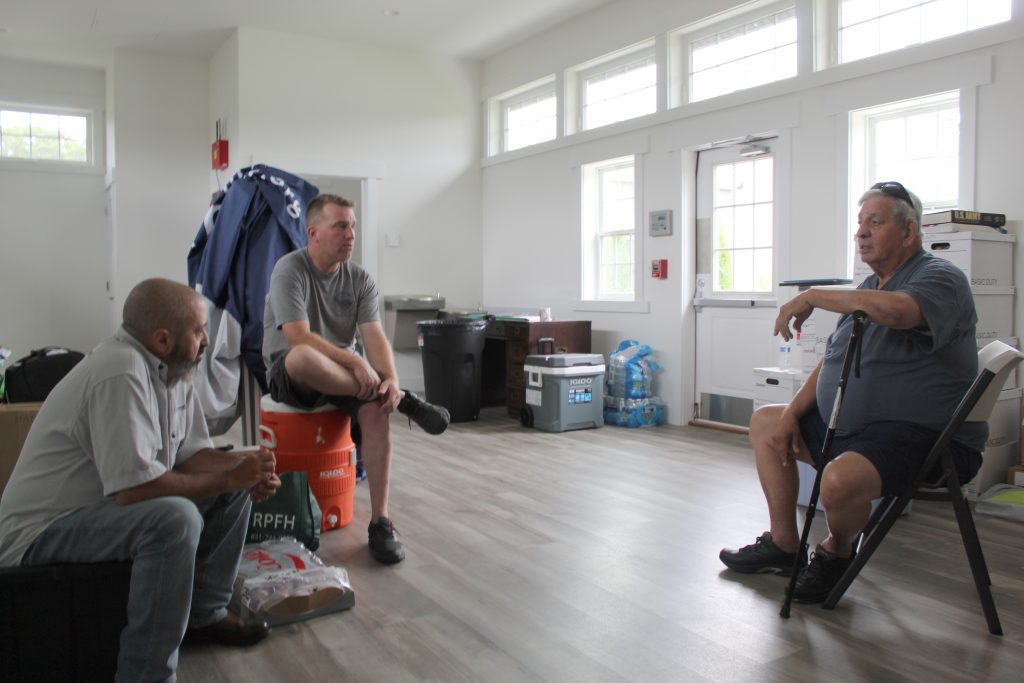
Acritelli said he plans to cover “every inch of this museum” with military equipment, historical relics, uniforms, collectibles, books and other memorabilia. Plans for rotating exhibits are also in the works.
Cognitore suggested that, within the broader national context, younger generations are gradually losing touch with American history. He said the post aims to regain that historical connection through this museum.
“We need to know that history,” he said.
Frank Lombardi, a member of the museum committee at Post 6249, envisions local veterans offering firsthand accounts of actual historical events, comparing and contrasting their recollections to popular fiction.
“If we showed a movie like ‘Platoon,’ you can show the movie, and then you can have some of the Vietnam veterans talk and say, ‘This is what it was really like, and these are the inaccuracies in the movie,’” he said.
For the museum’s organizers, each of whom has served in the U.S. Armed Forces, this endeavor represents the next iteration in their service.
Cognitore said the project is a necessary means for processing his wartime experiences and providing greater historical understanding to those who have not witnessed the brutality of war.
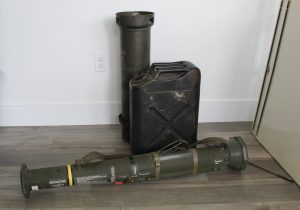
“Working on this helps me free myself of all the things I did see or did do and kind of makes me happy to know that positive things are happening because of where I was and what I did,” the post commander said.
Acritelli said he regretted leaving the service because of the camaraderie shared among his compatriots. He said the museum and its collaboration has inspired similar feelings from his days in the military.
He maintains that Long Island’s vets are valuable primary sources in telling the local and national history.
“There are a lot of stories,” he said. “We want to make this into a large primary source.”
Lombardi remarked that he hoped the museum could inspire greater historical awareness and understanding of the realities of war while bringing community members together.
“It’s about giving back to the community and making positive impacts within the community,” Lombardi said. “We all grew up here locally on Long Island, and it’s important to recognize those who have come before you.”
Acritelli notes the active role that community members can play in preparing the museum for its launch date at the end of the year.
“We need people to donate things,” he said. “If they have basements and garages and old boxes full of stuff, they can give that to us or put it on loan,” adding, “We’ve got to build up some inventory.”
Potential donors should contact Acritelli by email at [email protected].

